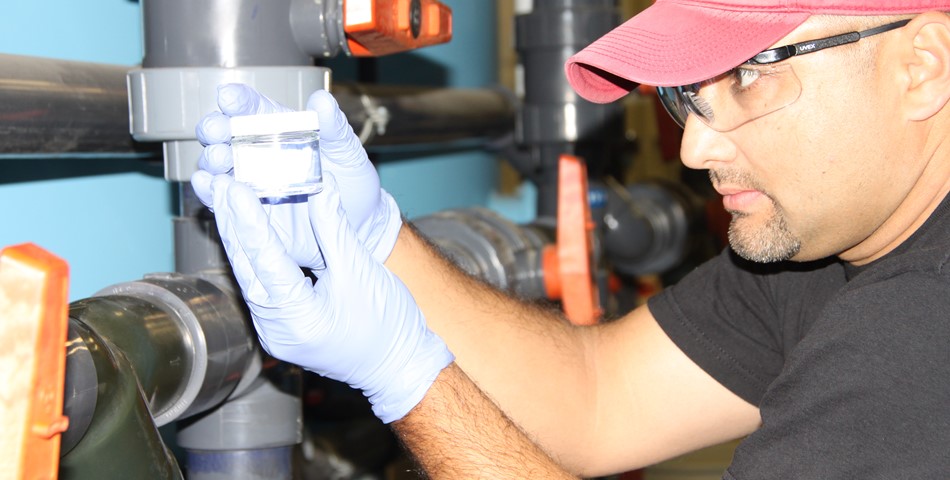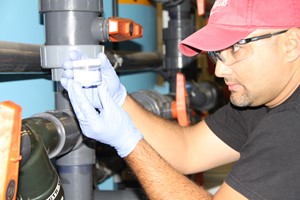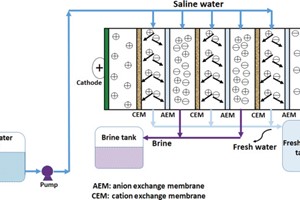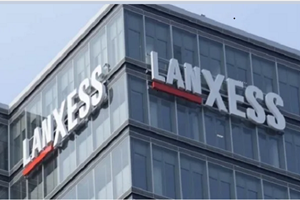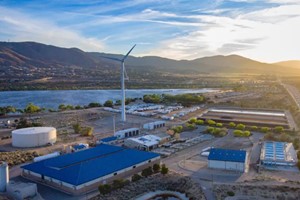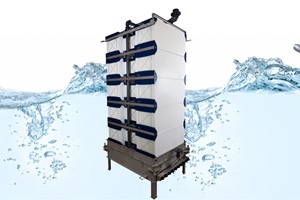The global ion exchange resins market will likely rise at a 4.9percent CAGR from 2017 to 2025, according to Transparency Market Research. At this rate, the market which was valued at USD 2.40bn in 2016, is projected to attain a value of USD 3.66bn by 2025. Prominent strategies leveraged by savvy players in the global ion exchange resins market are product development via research, expansion of existing capacities, and enhancing geographical footprints.
Serving to drive the market is the increasing industrialization and urbanization. This is because, rapid urbanization is creating a pressing need for treating large volumes of sewage water and high quality water is essential to meet the needs of heavy to light industries for various industrial processes. Industrial processes such as heating, cooling, rinsing, etc., require large amount of processed water. Ion exchange resins find application in sugar refining, liquid glucose, uranium mining, gold mining, MTBE catalysis, TAME, bisphenol A, industrial water treatment, food and beverage, ultrapure water, pharmaceuticals, municipal water treatment, and water softening, among others such as mining.
Among them, the pharmaceutical segment accounts for maximum share in the market. By rising at a maximum CAGR of 5.2 percent in the forecast period, the segment is expected to grow its leading share to 33.1 percent by 2025. In pharmaceutical application, ion exchange resins are utilized in drug formulations as active pharmaceutical ingredients (APIs). It is also employed for biological cell disruption in biopharmaceutcal.


They are equally suitable for pharmaceutical technologies, including controlled nasal, topical, release, transdermal, and taste masking. Apart from that, the industrial water treatment and municipal water treatment together account for considerable share in the market. This is because of the growing industrialization worldwide and water contamination on account of improper disposal of garbage. Applications of liquid glucose and uranium mining are also predicted to grow at a healthy clip. This is because ion exchange resins are used in the final stages of liquid glucose production for ash removal.
Ion exchange resins also find application for the recovery of uranium from water sources, especially mine water circuits. From a geographical standpoint, North America accounts for a dominant share in the global ion exchange resins market. In 2016, it accounted for over 32percent share in volume.
The region is expected to clock a 5.5 percent CAGR from 2017 and 2025, to remain an attractive market in the near future too. Asia Pacific is another key market that is expected to offer lucrative opportunities in the next couple of years. The growth in the region is expected to be driven by demand for municipal water treatment, industrial water, and waste water treatment. The market in the region is being primarily driven by India and China, which have a considerable number of ion exchange resins suppliers present. Europe is also expected to prove a profitable ion exchange resins market due to the expansion of the pharmaceutical and nuclear power end-use industries during the forecast period. Dow Chemical Company, Ionic Systems Ltd, Purolite, ResinTech Inc., Lanxess AG, Thermax Limited, Mitsubishi Chemical Corporation, Ion Exchange (India) Limited, Novasep, Evoqua Water Technologies LLC, Finex Oy, and Eichrom Technologies, LLC. are to name a key players in the global ion exchange resins market.



